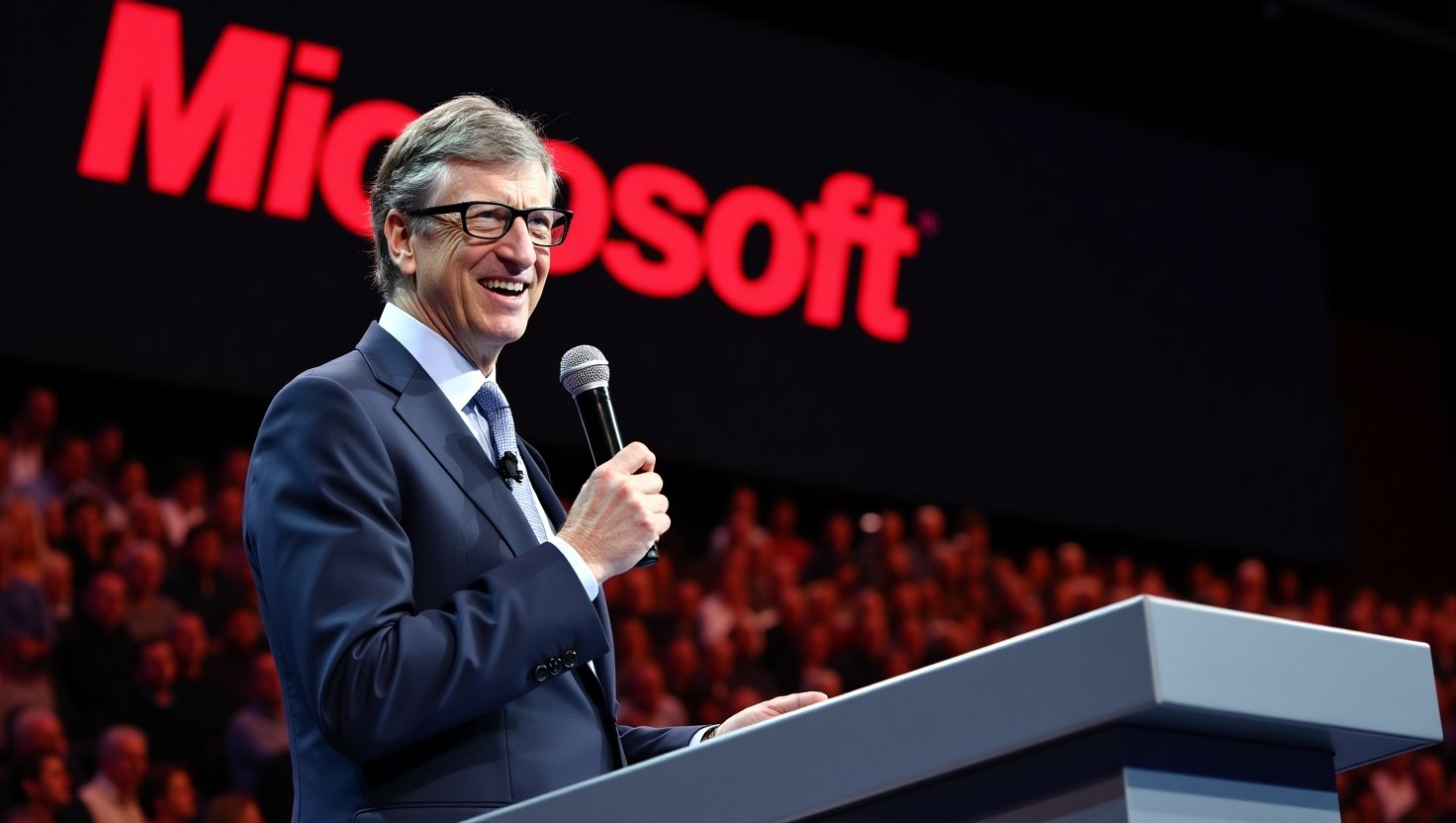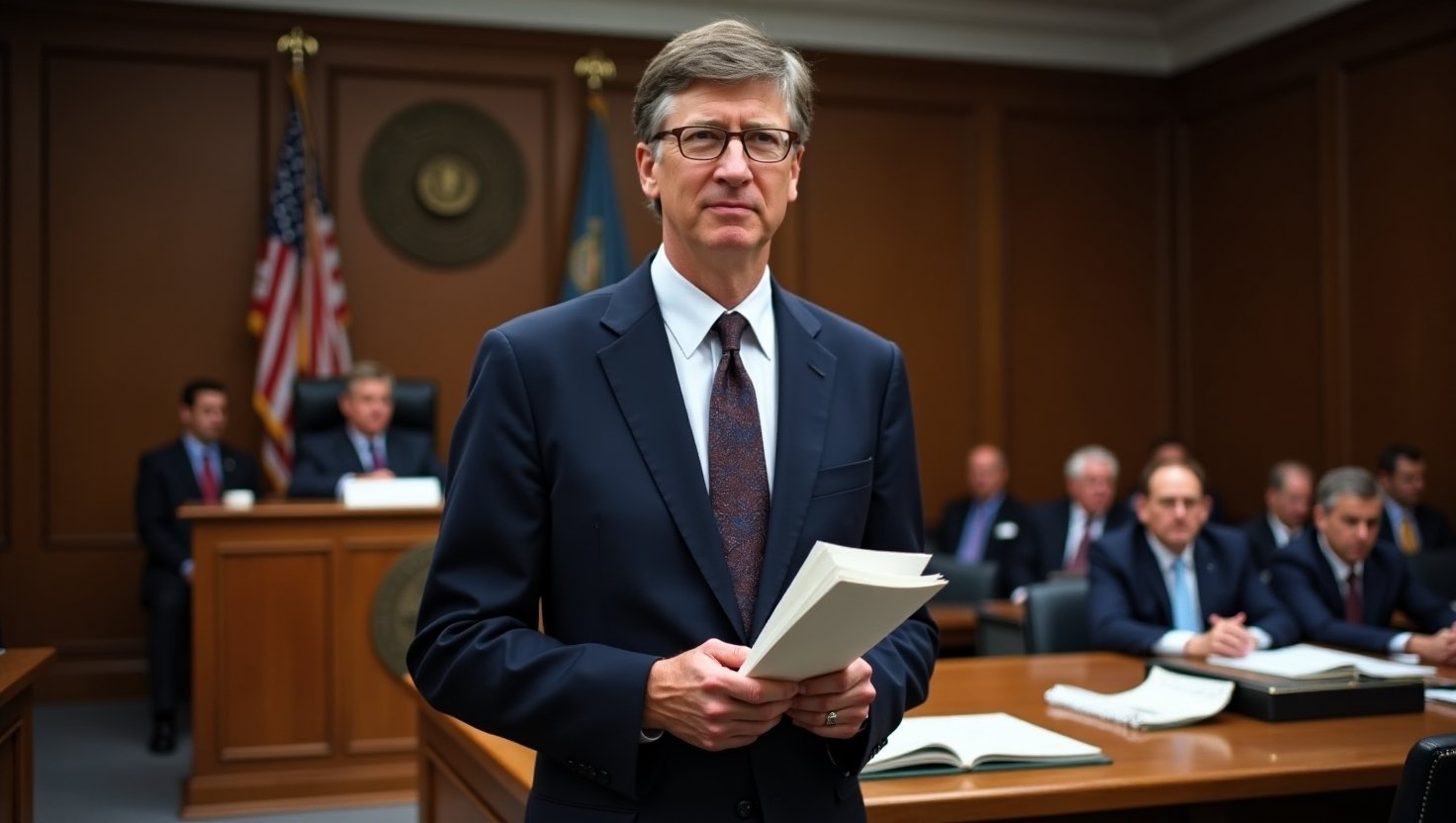Why Did Bill Gates Stop Being CEO?
/One of the most figure in the tech industry, someone who is globally known, co requirements for Microsoft, which he helped the company the list Bill gates But he did know that in the year 2000, he made the decision to retire as the CEO, which had some people asking reasonably enough, "why?" His decision to step down from the role had its roots in a number of things, including a desire to put scrutiny on software innovation, his growing philanthropic interests and the global company becoming increasingly complex to lead. In this article, we look at why he made the decision and how Microsoft continued to prosper with new leadership.
Bill Gates co-founded Microsoft with Paul Allen in 1975 and was shepherd for its rise to a global juggernaut in technology. In 2000, though, he opted to relinquish the title and hand over the reins to Steve Ballmer. And that decision about practice was largely rooted in Gates’ desire to spend less time looking day-to-day and more time looking at where to innovate in the future.
The burden of stepping down as chief executive would free up time for Gates to devote to software growth and Musk thinking in broad strokes about what could guide Microsoft through the future. His new title, chief software architect, “frees me to oversee important projects without the burdens and distractions of running the company.” This new strategy enabled Microsoft to continue to grow while allowing Gates to focus on building its own technology.
The Growing Complexity Of Microsoft Required Leadership Focused On Global Expansion And Operations
By the late nineties Microsoft had encompassed several domains, from operating systems to gaming and enterprise software to cloud computing. The scale of the organization was indeed such that it required a strong business management leader to manage it. “No one inside Microsoft is better equipped to lead the company in its next phase than Steve Ballmer,” Gates said in a statement after announcing the change in leadership.
Gates understood that Microsoft now needed a focus on corporate growth, financial performance and global expansion. The move enabled Gates to transition from the grueling demands of managing a multinational corporation, and also allowed Ballmer to get down to business in scaling the company.
Also Check Out Our: Is Jeff Bezos A Nepo Baby?
Gates Wanted To Focus More On Philanthropy And The Bill & Melinda Gates Foundation
A great part of why Gates exited the CEO role had to do with his growing focus on philanthropy. In 2000, he and his then-wife, Melinda, founded the Bill & Melinda Gates Foundation, a nonprofit focused on global health and education and poverty reduction.
As the foundation expanded, Gates became increasingly interested in humanitarian work. By 2006, he had moved to part-time work at Microsoft, and in 2008 officially left the company to focus nearly all of his attention on philanthropic causes. His high-priority commitment was to solve global challenges, such as eliminating diseases and improving education, rather than adding features to existing products in the technology industry.
Here at Maria's Green Cleaning, we offer green cleaning services that protect the health of your customers and employees. Our non-toxic products and environmentally friendly cleaning methods help us get the job done while you protect the Earth.
Legal Challenges And Government Scrutiny Impacted Gates’ Decision To Step Down
In the late 1990s, Microsoft faced an antitrust lawsuit from the U.S. Department of Justice. The government charged the company with engaging in monopolistic behavior, especially with regard to its Internet Explorer web browser. The result of this legal fight was a lot of scrutiny and pressure on Microsoft’s leadership.
Gates was still dedicated to the company, but the controversy and legal issues may have played a role in his decision to leave as CEO. Delegating leadership duties to Ballmer offered Gates the best of both worlds—he could distance himself from legal entanglements while continuing to wield power at Microsoft.
Also Check Out Our: How Does Jeff Bezos Spend His Money?
Gates’ Decision To Step Down Aligned With A Common Trend Among Tech Founders
Microsoft was engaged in a high-profile antitrust case with the U.S. Department of Justice in the late 1990s. Particularly regarding its Internet Explorer web browser, the government accused the company of monopolistic practices. The legal fight led to lots of scrutiny and pressure on Microsoft’s leadership.
While Gates did not hold back his dedication to the chemical and drug manufacturer, he faced both public controversy and company legal troubles that probably contributed to his resignation as CEO. Gates would only have to step back enough to transfer responsibility to Ballmer, and then he would keep his hands on things just enough to never lose influence within Microsoft.
Gates Remained Highly Influential At Microsoft After Stepping Down As Ceo
Although Gates had exited as CEO, he remained a hands-on presence at Microsoft for many years. As Chairman of the Board and Chief Software Architect, he remained responsible for the strategic direction of the company. His fingerprints are present on big projects, some of which continue today, including Windows XP, Windows 7 and cloud computing efforts.
In 2020, Gates completely resigned from Microsoft’s board to devote himself entirely to philanthropy. Now removed from the day-to-day, but his shadow looms over the path of the company.
Also Check Out Our: What Is Jeff Bezos' Salary?
Microsoft’s Evolution Under New Leadership Continued To Drive Its Growth And Success
Microsoft has certainly done fine without Gates, with strong leadership under Steve Ballmer and (more recently) Satya Nadella taking the company in fresh directions. Under Ballmer, Microsoft increased emphasis on enterprise software and cloud computing, though there were notable missteps in strategy such as failing to capitalize on the rise of mobile computing.
Microsoft’s focus on cloud services, artificial intelligence and subscription-based products like Office 365 all took shape during the company’s 2014 transition to Nadella as CEO. Microsoft's growth strategy of adapting and innovating can also be seen in its transition from a Windows-centric business model to becoming one of the highest-valued companies in the world, as it diversified its operations and services. The company’s continued growth illustrates that although Gates was integral to its foundation, leadership under new hands took Microsoft to levels Gates was never able to achieve while maintaining an eye towards his vision






